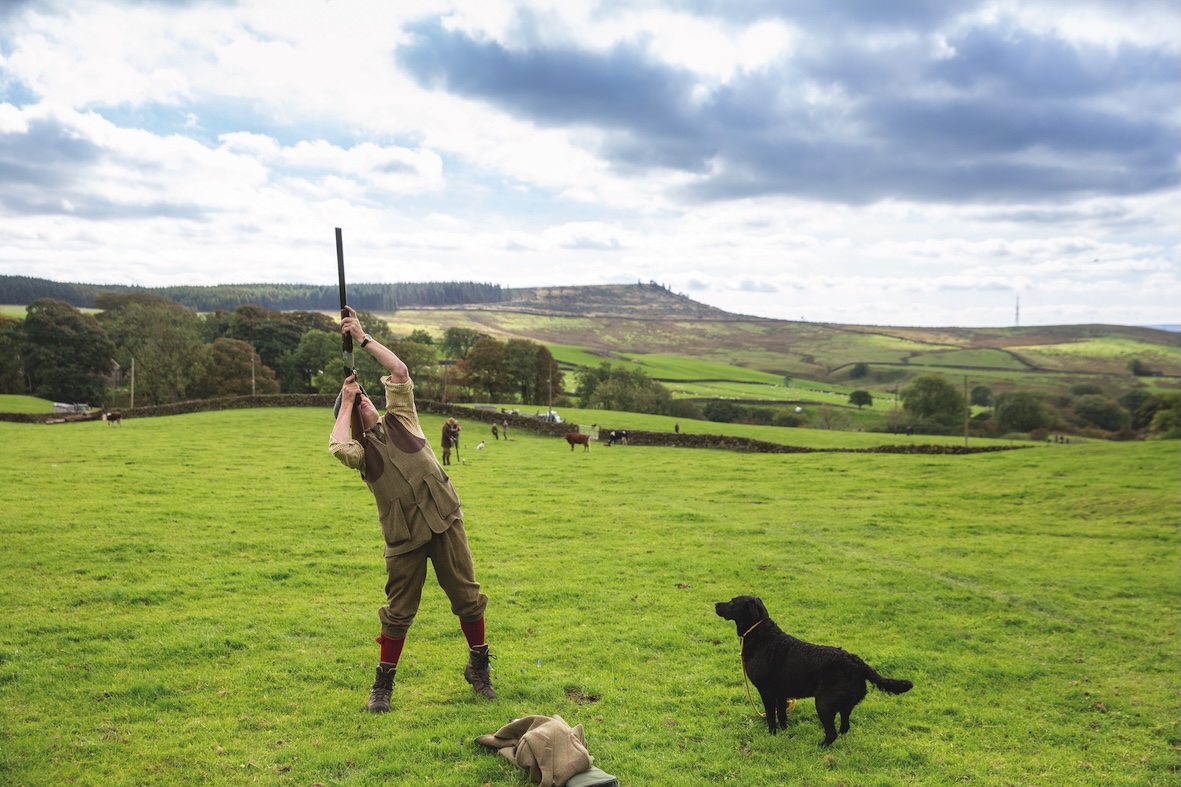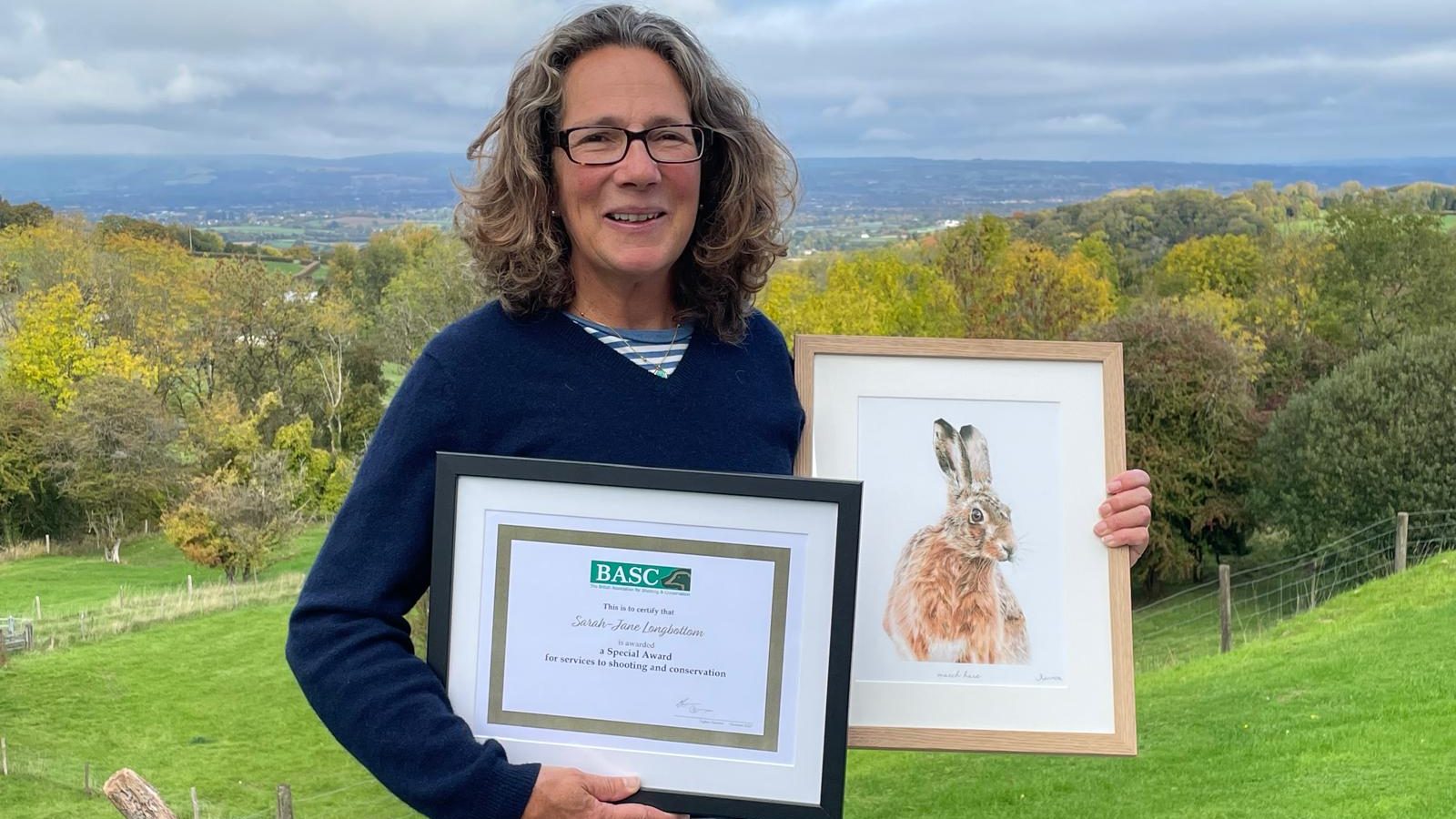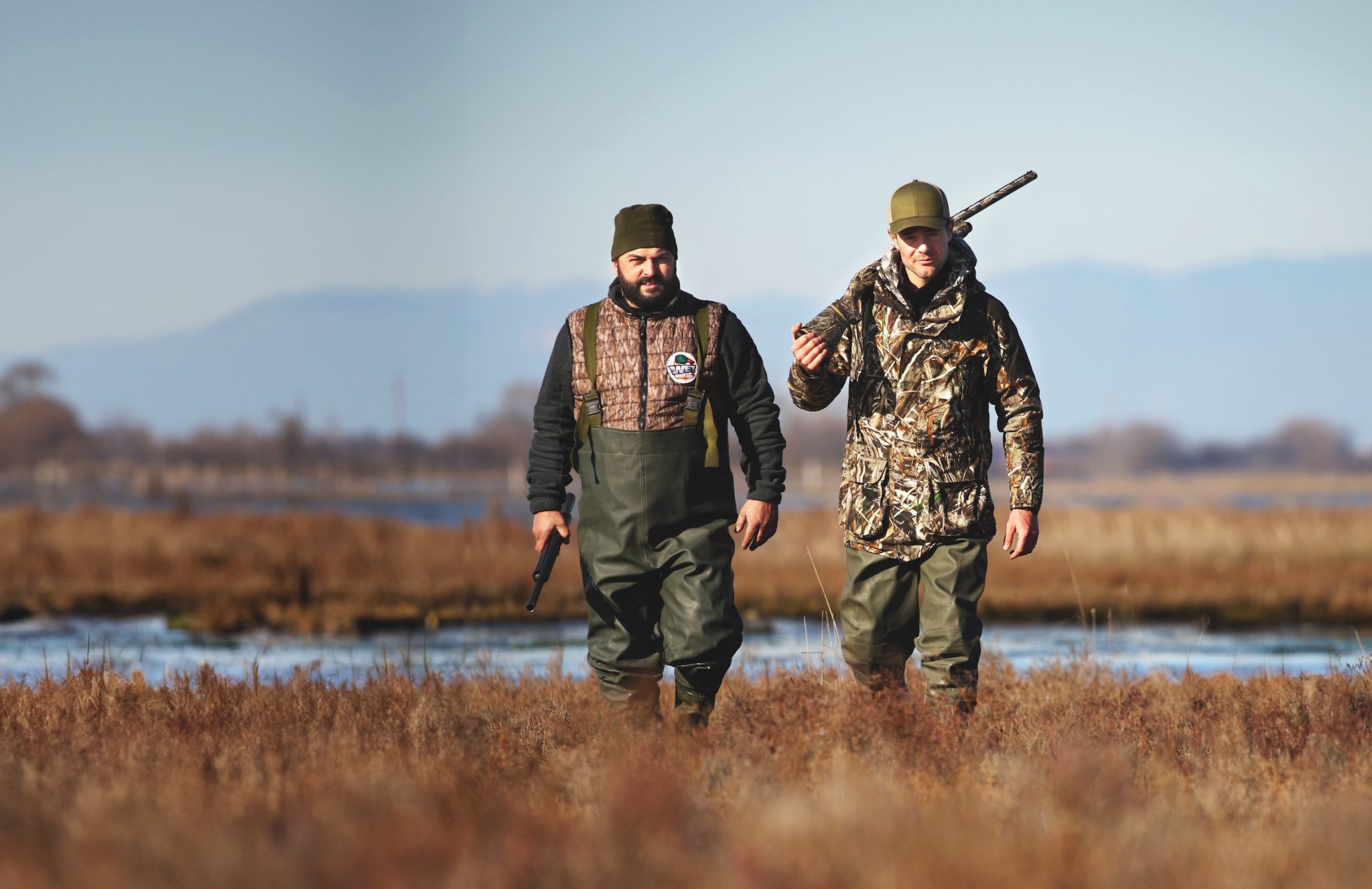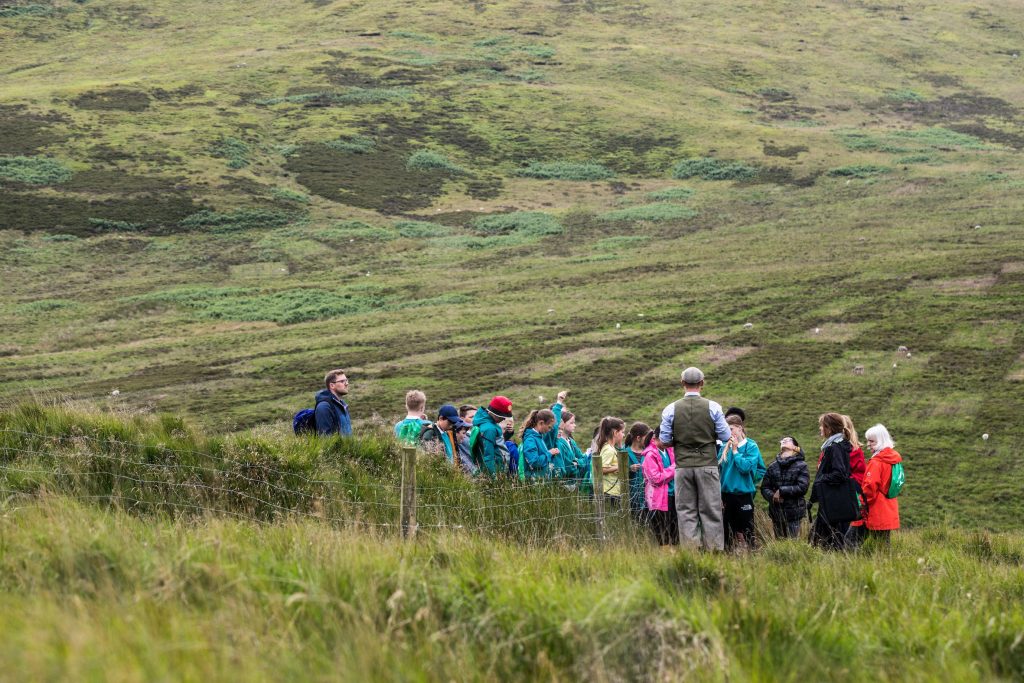Win CENS ProFlex DX5 earplugs worth £1,149 – enter here
The growing deer population: its impact and the options open to us
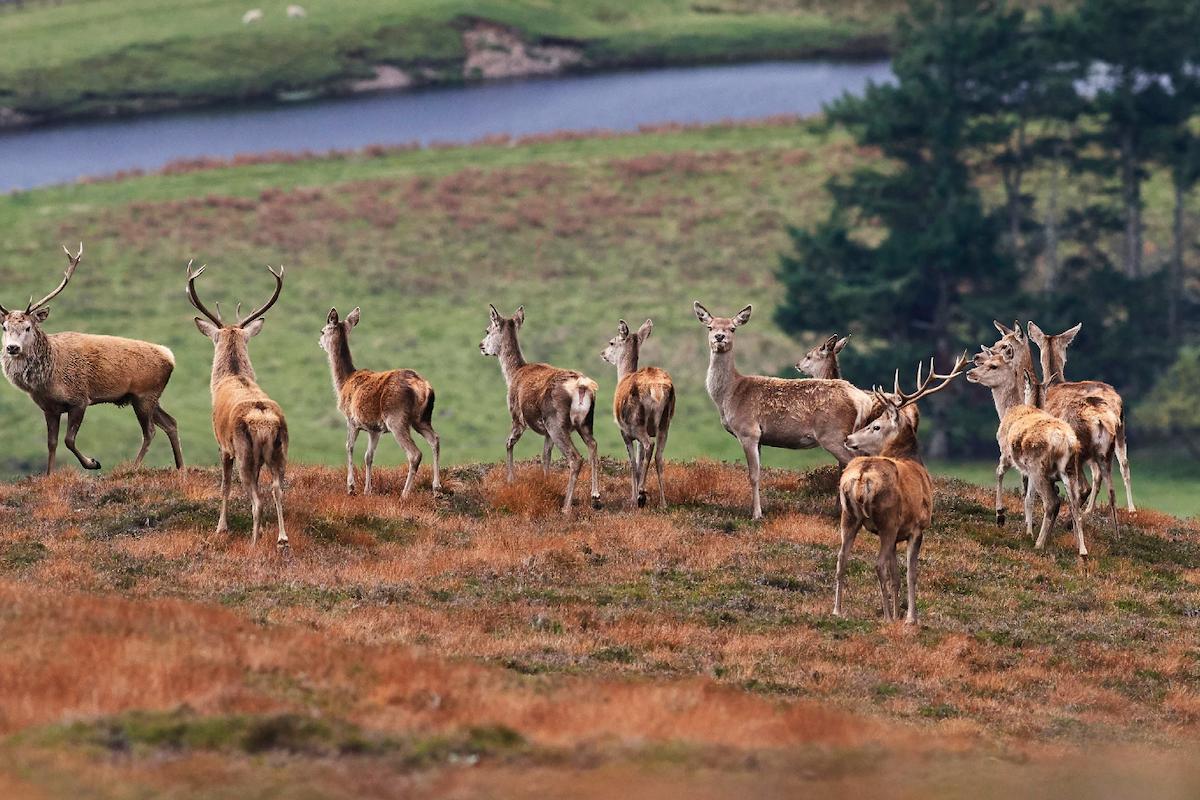
I have been thinking about the future of deer and their impact in England. With the COVID-19 pandemic and near-annihilation of the venison market, what lies in store for the English deer population and their abundance in the years ahead? Where is the ‘Goldilocks zone’ in the maintenance of deer in England? (Read our list of the best kit for deer stalking.)
Growing deer population
It is generally accepted that there are about two million deer in the UK. It is also accepted that one million of them are in Scotland. Allow me to unburden you from that notion. Nobody knows the exact numbers in England — nor anywhere else in Great Britain. The fact remains that most stalkers don’t even know what’s on their own ground, let alone the whole country.
It is simply too difficult to account for six species over four nations managed and operated by different legislation. The eagle-eyed among you would have noticed that even the leading conservation websites draw a blank when it comes to the latest deer numbers, while range and distribution is well documented. Henceforward, I shall refrain from mentioning estimated deer numbers. (Read more on rising deer numbers and the growing popularity of stalking.)
Static
Culling deer remains the only viable approach in managing large deer numbers in England. The cull figure is different year on year; nobody exactly knows how many. Best estimates come from carcasses going through the food chain and surveys. If we are to agree that all that needs to happen is to keep deer numbers static in England, the best estimate comes from the Deer Initiative. It has suggested that 20% of the larger deer species and 30% of the smaller species should be culled every year.
For now, the consensus among industry leaders is that deer numbers are on the rise and we are not achieving anywhere near those suggested cull numbers.
Carbon sequestration
The need to reduce carbon from the atmosphere has taken centre stage in the nation’s psyche. The only credible way to manage carbon sequestration is by having more trees — the right kind of trees. Although wood cover in England has grown to 10.1% from 5.1% in 1924, more native trees are needed. The deer population, unfortunately, is at the heart of the issue. Without appropriate deer management plans in place to safeguard young saplings, the scheme is unlikely to bear fruit.
Delivering net zero carbon emission by 2050, as the Government intends, unfortunately, for now, seems like a pipe dream. We do not have enough professional stalkers to do the job alone. The incorporation of a volunteer army in the form of ‘recreational stalkers’ — though that term will need updating — is the only credible solution. I feel that the old term has started to diminish what we, the part-time stalkers, do. The current rush by the Government to plant more trees must be accompanied by incentives for deerstalkers, professionals and part-time alike, to get the job done.
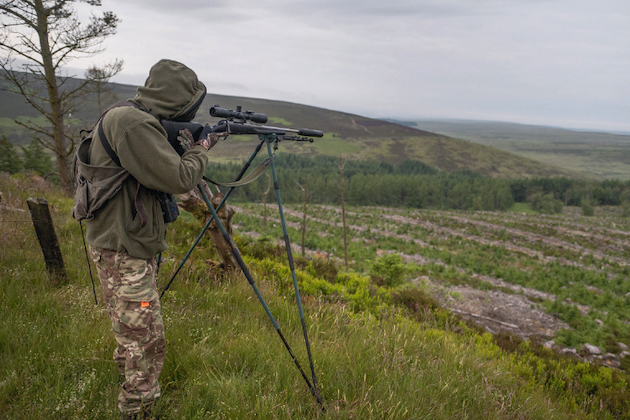
A problem for newcomers to stalking is to get on to permanent ground to hone their skill set
No apex predator
It has always been said that adult deer do not have an apex predator in the UK. While that is true, I would consider the motor vehicle as the new apex predator of adult deer. Deer vehicle collisions (DVCs) are an ongoing issue in some parts of the country. If the expected deer numbers do materialise, we can expect DVCs to increase as well. There are known hotspots in southern England where this is an issue. I personally consider fallow and particularly muntjac as species of great concern.
Muntjac hold the record for the fastest expansion rate of deer in England, with the highest amount of damage to ancient woodland. I attended a muntjac symposium in 2020 organised by the British Deer Society in Newcastle. There were major concerns about the northward march of muntjac. At the time, there were no credible sightings in Northumberland or Cumbria but the general expansion towards the north was clear. I can’t recall who said it but the story of muntjac in the north is the story of the Ford Transit and the A1. (Read more about muntjac here.)
One aspect of deer numbers that will sharply focus the public’s mind is the spread of Lyme disease. The incidence of Lyme disease in the UK is on the rise — latest estimates from UK Health Security Agency put it at 2,000 to 3,000 per year in England and Wales. That number will certainly rise in line with increasing deer numbers. It is not only those numbers that will compound the increase but also newfound public enjoyment of the outdoors following COVID-19 lockdowns.
An additional constraint on the English landscape is also how game shoots manage their land. There was a time when deer were not on gamekeepers’ radar but recently the amount of deer that are battering bird feeders, damaging vegetation and disturbing shoot days is becoming an issue. Gamekeepers now have to deal with a significant number of deer, with some counties having to deal with four or five deer species on the land they manage.
The proposed increase of tree cover in England by the Government will certainly create more habitats but will be accompanied by more deer and more issues for trees and land users such as farmers and keepers. It is a perpetual cycle that needs an evidence-based approach.
The impact of COVID-19 on stalkers cannot be overestimated. By all accounts, the last two cull cycles in 2020 and 2021 were a failure for most. That was due to lockdown restrictions and the elusive venison market, which is yet to reach pre-pandemic levels. The impact of the lockdowns will be a short-term problem in the venison market. However, the impact on deer numbers will be long-lasting. This will be more apparent in areas where deer management is non-existent or poor at best.
I spoke with Nick Rout, who is the head of training and education for the British Deer Society. He reiterated: “We may have to reconsider our deer management approach in the coming years, but it would have to be evidence based.”
Another conversation I had was with my fellow Shooting Times contributor Graham Downing, a leading author and editor of Deer journal. He stressed: “It is not deer numbers we should be concerned with, but the impact they have on an area. Any deer management plan should follow an impact assessment as a starting point.”
The consensus from people I have spoken to seems to be that estimated deer numbers in the country should have no bearing on localised deer management plans. Which brings us to the main point about demonising deer in the media. Martin Edwards, head of deer management at BASC, said: “In many parts of England, deer numbers are well managed and the deer are causing minimal impact. Any future deer strategy for England must focus on those areas and species where there is serious impact.”
The reality is that despite the large media interest in deer, it is incorrect to assume that deer are a problem everywhere. There is also the compounding impact of the reduction in deerstalkers in recent years. While stalking remains very popular and the number of firearm licences issued seems healthy, there is a disparity in how many of the newcomers get stalking opportunities. Newcomers are struggling to get on land. There are national schemes to facilitate more training but more needs to be done by the average deerstalker.
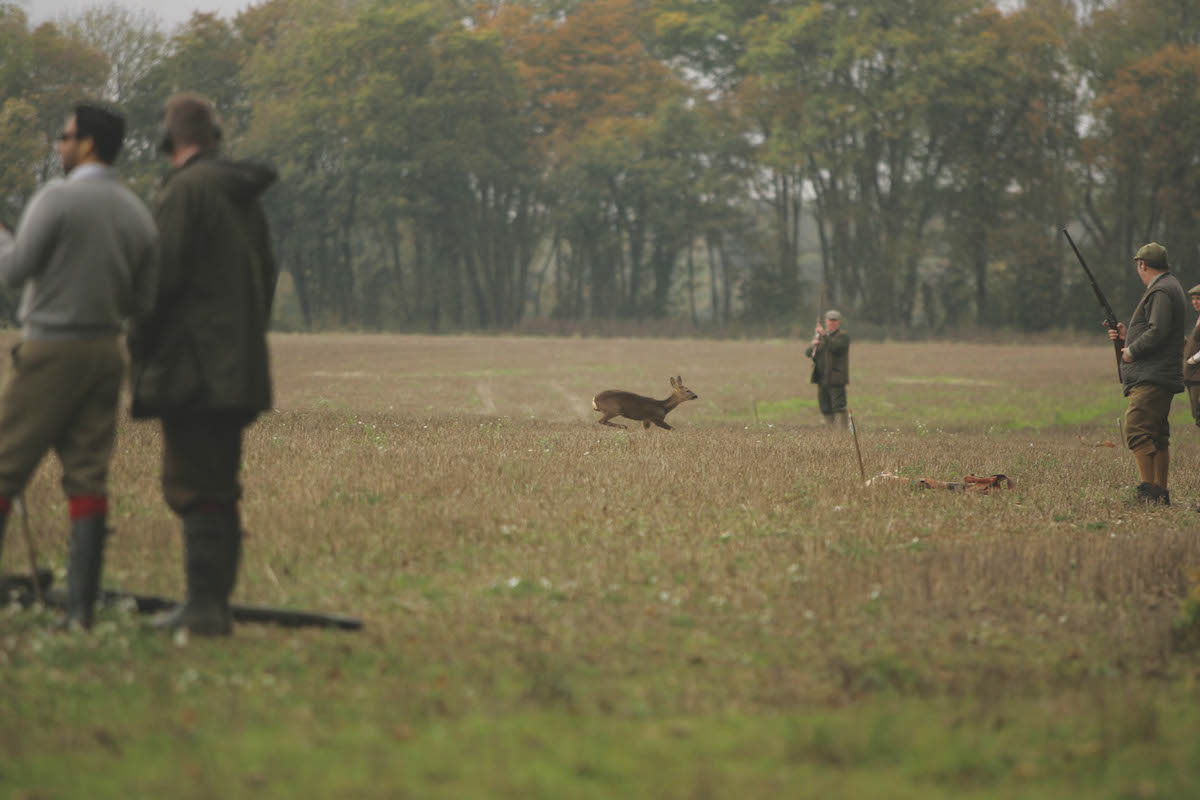
Gamekeepers now have to deal with more deer, which cause damage and can disrupt shoot days
Mentoring
Sharing ground and mentoring newcomers is the responsibility of all of us. Qualification and training programmes are well developed here; more and more people are attending courses and the commercial sector is supporting the industry well with stalking gear and equipment. The only issue really is how to get new stalkers on to permanent land where they can hone their skill set and start contributing to the national agenda on global warming.
In the coming decades, it is very likely that the deer population will increase overall in England. The situation we will most likely face is not of a national crisis in England but areas of badly managed hotspots, particularly of fallow and muntjac. If the stalking fraternity manages to organise itself and allow part-time deer managers to fill gaps where needed, I think the nation could enjoy harmonious co-existence with native deer.
The Government’s plan to increase treescape has merit but it has major flaws in the provisions on deer management. The future of stalking remains bright but part-time managers need support and incorporation into the bigger picture. It is our duty to ensure our native deer population remains in healthy numbers for generations to come.
Related Articles
Get the latest news delivered direct to your door
Subscribe to Shooting Times & Country
Discover the ultimate companion for field sports enthusiasts with Shooting Times & Country Magazine, the UK’s leading weekly publication that has been at the forefront of shooting culture since 1882. Subscribers gain access to expert tips, comprehensive gear reviews, seasonal advice and a vibrant community of like-minded shooters.
Save on shop price when you subscribe with weekly issues featuring in-depth articles on gundog training, exclusive member offers and access to the digital back issue library. A Shooting Times & Country subscription is more than a magazine, don’t just read about the countryside; immerse yourself in its most authoritative and engaging publication.



